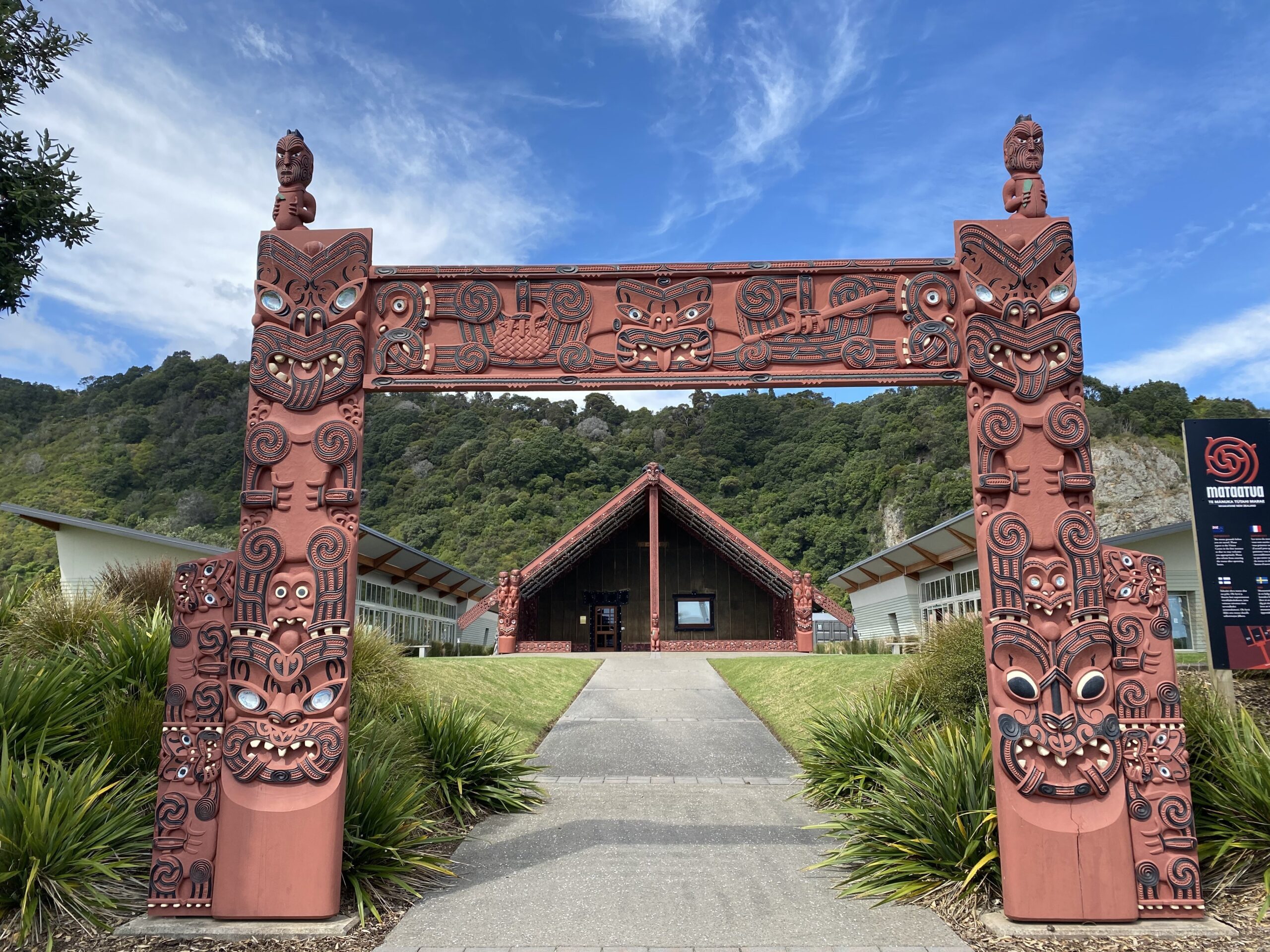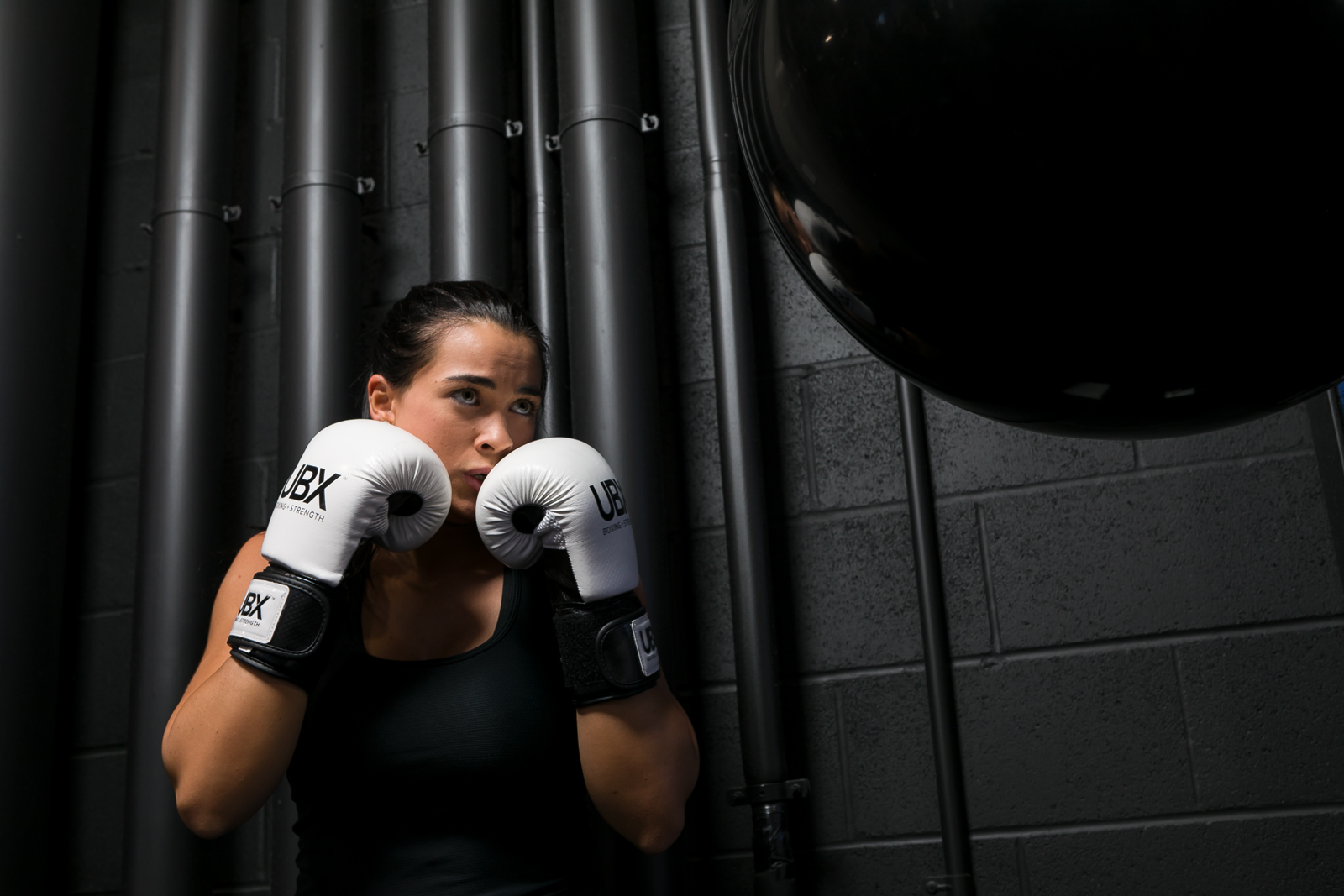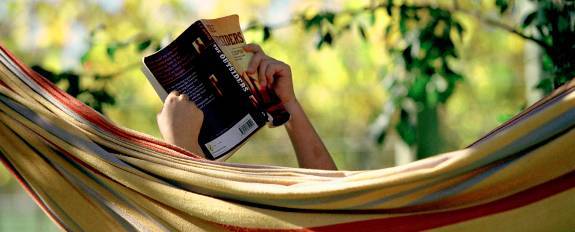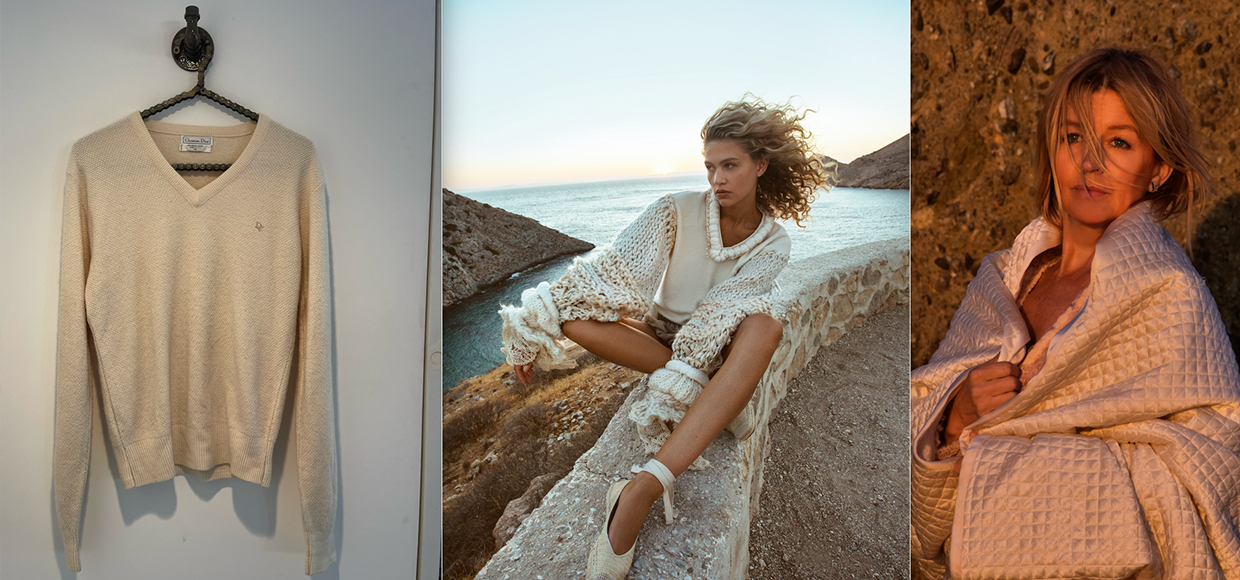Immerse yourself in culture and nature in the beautiful Eastern Bay of Plenty.
It pays to keep your eyes trained to the ground when stepping onto the golden sands of wildlife sanctuary Moutohorā Island, because you never know whose tracks you may be about to step on.
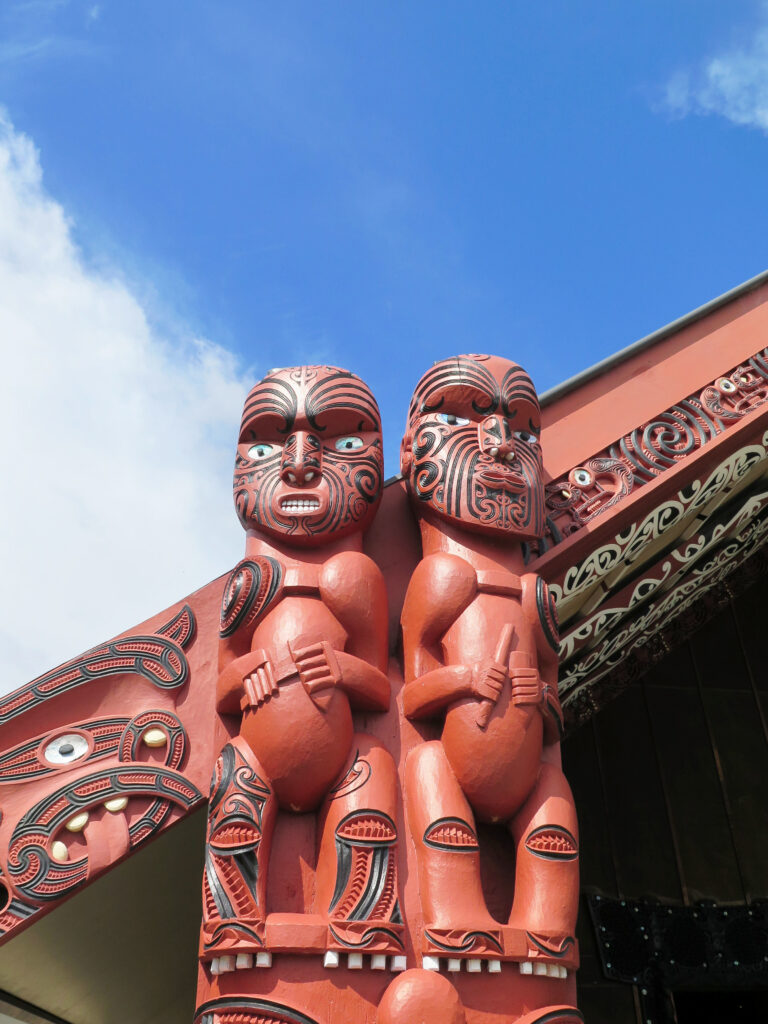
Prior to becoming a pest-free sanctuary, Moutohorā Island was home to introduced rabbits so it has plenty of burrows for its current resident population: kiwi, little blue penguins and grey-faced petrels (northern mutton bird) – it’s the breeding ground for 84,000 petrels.
As the first human visitors to the island for the day we were astonished to find kiwi footprints on the beach.




Kiwi are not usually beachgoers, nor are they endemic to Moutohorā, though many kiwi now call the island home, so perhaps that’s why they’ve taken to doing beach walks, and it is delightful to see their prints alongside those of little blue penguins.
Tours operate daily from Whakatāne to Moutohorā (also known as Whale Island) where you can also see (and hear) the laughing tīeke (saddleback); as well as geckos and sometimes tuatara.

Watch waka and fishing boats from Whakatāne Wharf, and catch the boat from here to Moutohorā Island.The island dominates the ocean view from Whakatāne, a short 15-minute boat ride away – legend as well as its whale shape is why it is also known as Whale Island. According to our guide Fiona, American actor Sylvester Stallone once wanted to buy Moutohorā with the vision of turning it into a casino resort.
The tour to the island is a wonderful half-day trip that includes birdwatching. A short uphill hike through the forest is rewarded by a view of White Island, and there’s plenty of time to enjoy Onepū (Sulphur Bay) where geothermal hot springs come up through the sand allowing for you to dig your own hot pool on the beach – so wear your bathers and pack a picnic lunch.
Getting amongst it
The Whakatāne/Ōhope area is rich with outdoor activities including hiking one of New Zealand’s most beautiful walks – Ngā Tapuwae o Toi Trail – and taking the plunge with surf lessons at West End, Ōhope, but it’s a no-brainer that the best way to explore Ōhiwa Harbour is by kayak.
The knowledgeable guides from KG Kayaks are well-versed in the history of the area and birdlife, and run tours here.
Paddling towards Ohakana island and gazing upon the hills that encircle Ōhiwa Harbour is awe-inspiring, especially when our guide Helen tells us that 85 pā sites once overlooked this spot.

Explore Ōhiwa Harbour by kayak, SUP or boat.Back then the harbour provided a plentiful food supply, and today it still dishes up a bounty. The local Ohiwa Oyster Farm farms oysters offshore, and orca frequently visit to dine on a different delicacy, stingrays. The harbour is also a nursery ground for bronze whaler sharks.
Our tour takes us around Ohakana Island, through mangroves, beneath the branches of ancient pōhutukawa trees and past small islands of bird colonies including a group of royal spoonbills.
“The godwits are on their way from Siberia,” says Helen. “They are expected to arrive mid to end of November. If you’re lucky you’ll see them arrive in
a massive flock for summer.”
A warm welcome
Every visitor to Whakatāne should not miss being welcomed onto Whakatāne’s Mataatua Wharenui – New Zealand’s most travelled meeting house. The one-hour Maatutua Express Tour is a heart-filling and humbling experience.
The wharenui was returned to Whakatāne in 1996 after being away for 130 years – travelling to Australia for the British Empire Exhibition in Sydney; then to Melbourne; London (where after being exhibited and visited by Queen Mary, it sat unseen at the V&A Museum for 40 years); and then, after a petition for its return by the New Zealand government, to Dunedin for another 71 years before returning to Whakatāne.
The welcome you receive, the historical overview and award-winning light show projected on its magnificent carvings are wonderous.
Made from white pine and tōtara dug from the Whakatāne riverbed, the wharenui represents unity and also tells stories of the area’s ancestors.
It was built to celebrate the ancestors of Ngāti Awa, to unite all the tribes that came to New Zealand more than 700 years ago, and as a show of strength when Ngāti Awa was reeling from land confiscation by the crown and the imprisonment of 33 of its men in the 1870s.
Ngāti Awa dedicated the wharenui to the Queen of England so that if she ever came to Aotearoa she had a home in Whakatāne, which is partly why the “whare fit for a queen” ended up on its unique journey.
It was here that the first kūmara was planted in New Zealand, carried here aboard the Mataatua canoe from Hawaiki.
The tour aptly ends with the sharing of kai – Māori fry bread, delicious kūmara chocolate brownie and nourishing kawakawa tea.
Nearby White Island Café, adjacent motel complex White Island Rendezvous, and tours to Moutohorā are also owned and run by Te Runanga o Ngāti Awa.
White Island Rendezvous is the perfect place to stay on a mini-break in Whakatāne due to its comfortable accommodation and location. Not only is it adjoined by eco-conscious White Island Café, one of the best cafes in the area with its mouth-watering menu, but Mataatua Wharenui is practically next door.
It’s also a great location for exploring Whakatāne on foot. Turn right and walk along the river to The Heads and marvel at the iconic view of Wairaka, the lady on the rock.
Turn left, and follow your nose up The Strand – Whakatāne’s main shopping street – where you’ll find a mix of high end boutiques such
as George St Linen and well-merchandised vintage stores.
One street over from The Strand are the Te Wairere Falls, which are a sacred landmark as they were one of three landmarks Toroa, captain of the Mataatua canoe, had been instructed by his father Irakewa to look for when he came here.
The falls cascade high from the rock that forms the backdrop for the town and divides it from Ōhope (just a short drive away).
The start of the Ngā Tapuwae o Toi Trail from Whakatāne township begins near here with a climb up what is believed to be the world’s first vertigraph consisting of 43 beautiful glazed tiles of flora and fauna of the area on the stairs.
The first tiles inscribed with the words “Te mana o Papa, hei whakamiharotanga”, invite us to allow the miracle of wonders in the beauty that surrounds us lift our spirits.
